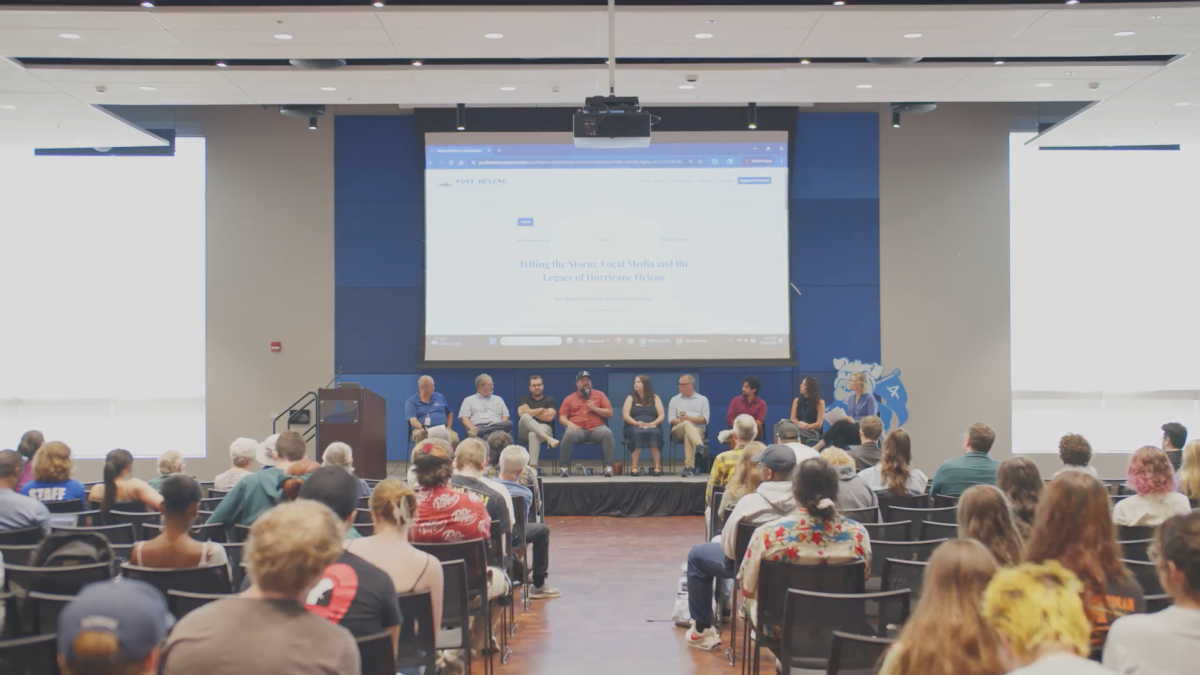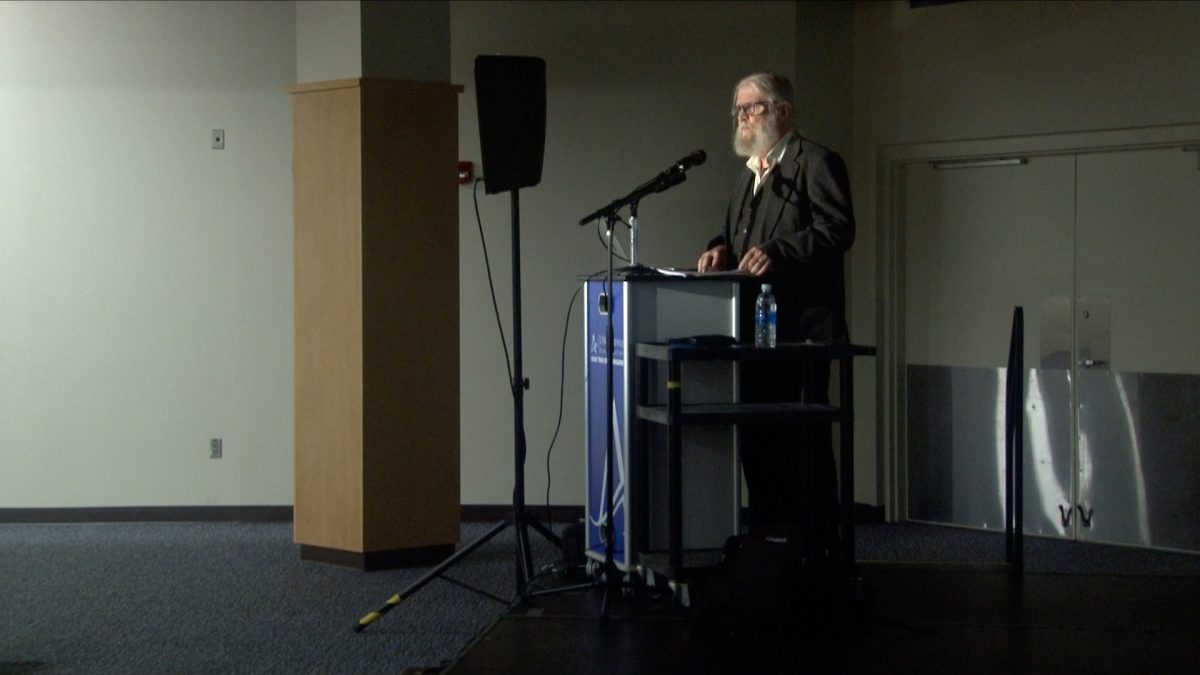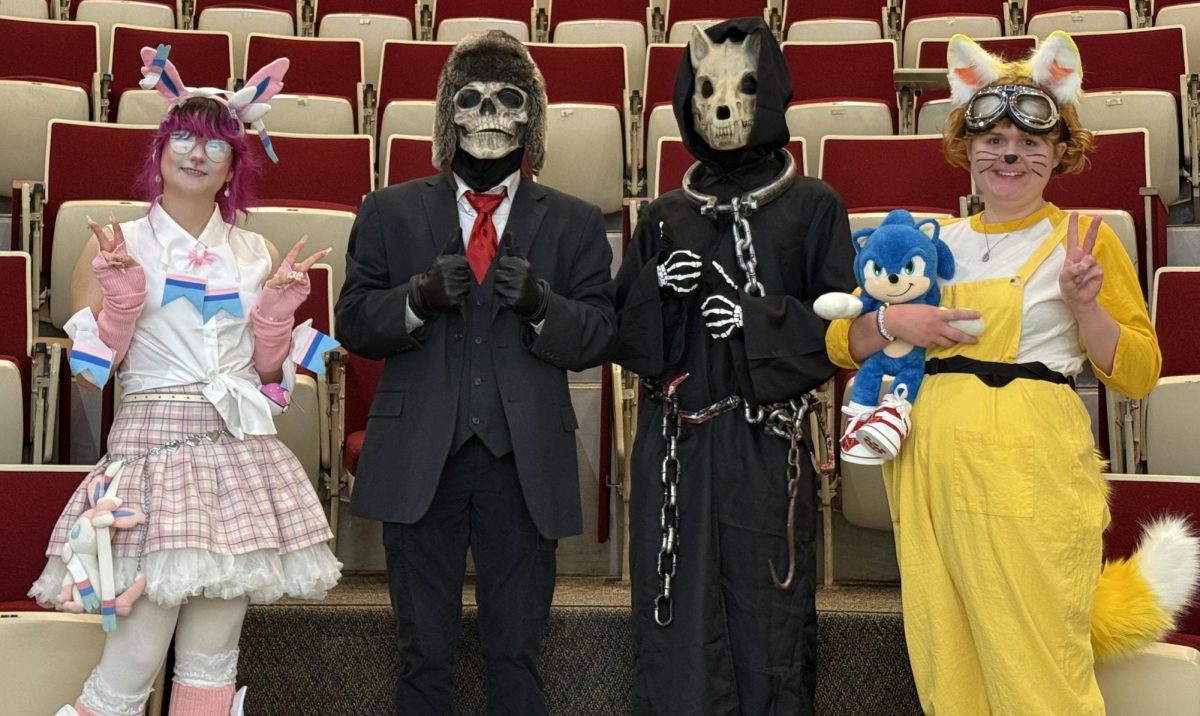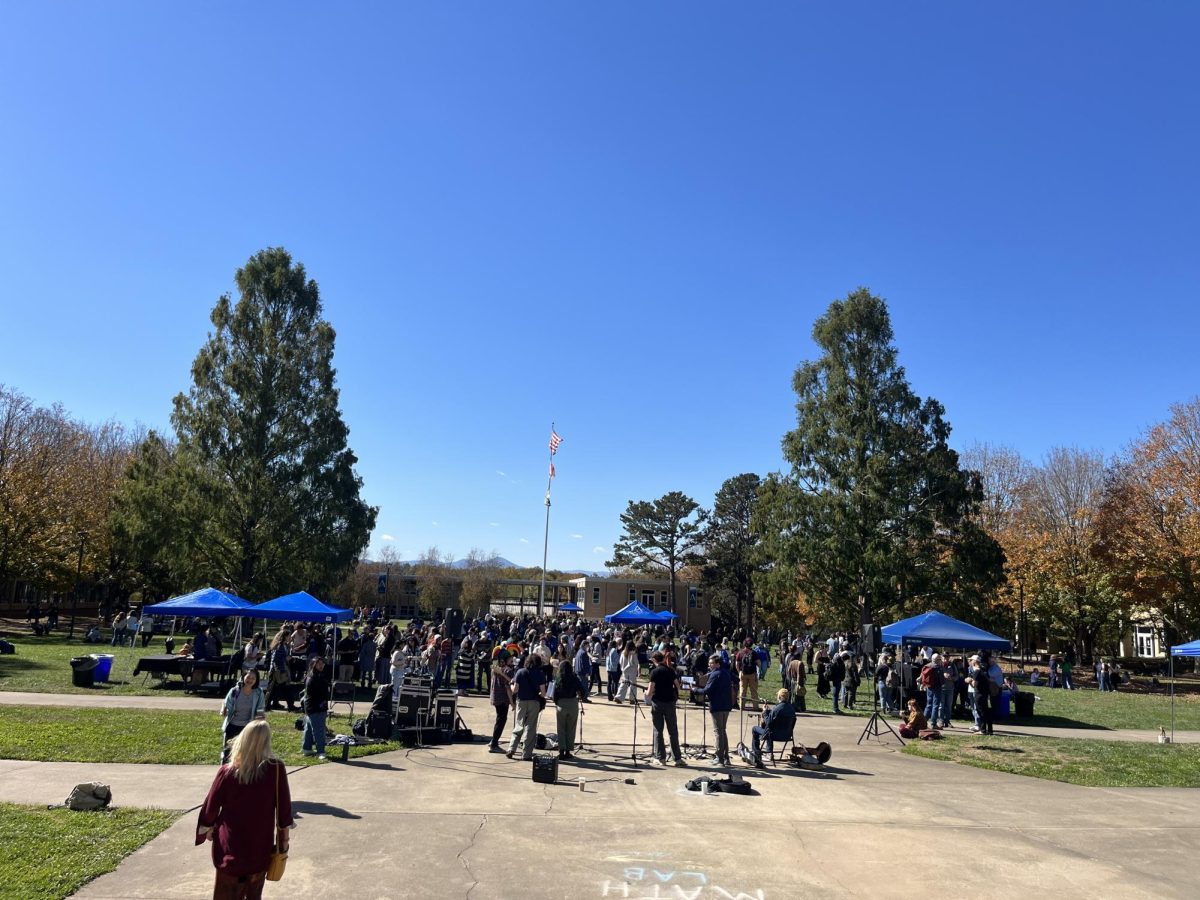By Valerie McMurray – [email protected] – Asst. News Editor | Nov. 19, 2014 |
Autism spectrum disorders are increasingly prevalent in the United States, although it is unclear whether spectrum disorders are affecting more individuals every year or if rising rates are attributable to improving awareness and better means of diagnosis.
“Today we’re realizing that starting to diagnose at an earlier age when you start seeing the signs is very important because the sooner that you do receive services for your child, the better the outcome can be,” said Juliette Heim, a resource specialist for the Autism Society of North Carolina.
Heim is also a parent advocate – her son Logan was diagnosed 10 years ago. She is currently one of just 18 such counselors statewide who must guide families through the diagnosis process and beyond.
“We’re getting more and more calls all the time,” she said. “We’re receiving many more calls from people that are older. Teenagers are getting diagnosed all of a sudden. We are receiving calls from adults who have gone online and taken a self-evaluation. We need more programs for adults. We’ve been so busy dealing with younger children and that population.”
Individuals benefit from behavior therapy and other intervention strategies. Heim’s son Logan received speech and music therapies as well as help for social skills.
Care is costly, and people who can’t pay out of pocket often must go without.
“It’s something the government needs to look closely at,” Heim said. “They need to not look at today, they need to see how this is going to impact us in the future. They’re going to be the ones who have to pay to take care of these people who are now adults. It’s going to cost more money in the long run if they don’t get the skills that they need to learn when they’re younger.”
In North Carolina, there is still a gap in resources available to all diagnosed individuals. For instance, unlike other states, North Carolina does not provide health insurance to people on the autism spectrum.
“With each test comes another test. So it’s an ongoing problem,” Heim said. “Some people do reach out to their church or family members that may be able to help. But many people have no option but not to go to the doctor and it ends right there.”
More people on the spectrum are also attending university than ever before. About 12 percent of the U.S. college population is registered as disabled, according to estimates from the U.S. Census Bureau.
Universities are shifting from providing individual support to disabled students to creating programs that are accessible for everyone from the outset.
Government support is also essential to communities dealing with rising rates of autism spectrum disorders.
“Today students that are entering college are students that were born well after the Americans with Disability Act was passed in 1990,” said Joshua Kaufman, assistant director of disability and learning support at UNC Asheville.
“So opposed to 15 years ago when disability accommodations were only available when students were in high school, students today are coming up having had those resources in place from the time that they were born. That’s allowing students to be successful at a much higher rate and increasing the number of students with disabilities at the college level,” he said.
With budget cuts occurring since 2008, UNC system schools have lost a significant amount of funding needed to provide students like those on the spectrum with special resources. These can include assistive technology, personnel who act as note-takers, and personalized living and study environments with fewer distractions.
At UNCA, 5 to 6 percent of the student population is registered with the accessibility office. Kaufman says that the actual number of students who would qualify with some kind of disability is more likely twice that many – 12 percent, just like the national average. That estimate is based on everyday observations of students who exhibit behaviors reminiscent of spectrum disorders.
The smaller size of the school is both a help and hindrance to its disabled population.
“While on the one hand, students are able to receive more individualized attention here, we don’t have some of the resources and programs that are available at larger schools,” Kaufman said. “So the students who receive individual support here generally are those who seek out that support.”
Elia Storto, 23, was in fifth grade when her parents enrolled her in Veritas Christian Academy in Fletcher, NC. The private school, which serves about 350 students in all, works to incorporate high-functioning autistic children into mainstream settings. Children on the spectrum are paired with neurotypical students for one-on-one interaction in the academy’s School Within a School program.
Tuition for the School Within a School program can cost anywhere from $3,500 to $15,000, on top of the academy’s regular tuition, depending on how much support the student needs.
By seventh grade, Storto began caring for autistic children her own age. She sees herself as a mentor for children like Alex, 10, one of the two boys she now provides caregiving and companionship.
For Alex, being considered high-functioning means he has a few standout qualities that distinguish him from neurotypical children. Storto said he is very particular in his preferences for food and activities and he generally refuses new things she suggests to him.
Alex’s differences from neurotypical children are noticeable enough that playing with others at the park can be a struggle when children bully him. Storto says kids like Alex usually won’t stand up for themselves in these situations.
“He’ll just sit there and put his head down and listen,” she said.
Storto said she wishes for more people to get involved in the daily life of someone on the spectrum – it would make the community stronger and individuals would suffer less from isolation.
Storto’s best friend, James, was a Veritas Christian Academy student she befriended in the classroom. They still go to the movies, Asheville Tourists games, and hang out weekly.
“He is very smart and knew answers to almost anything in school,” she said. “It’s very frustrating for them to know that they think differently and to wonder why they can’t just be normal, why it had to be them who was born this way,” she says. “It’s hard for me to see that.”


















